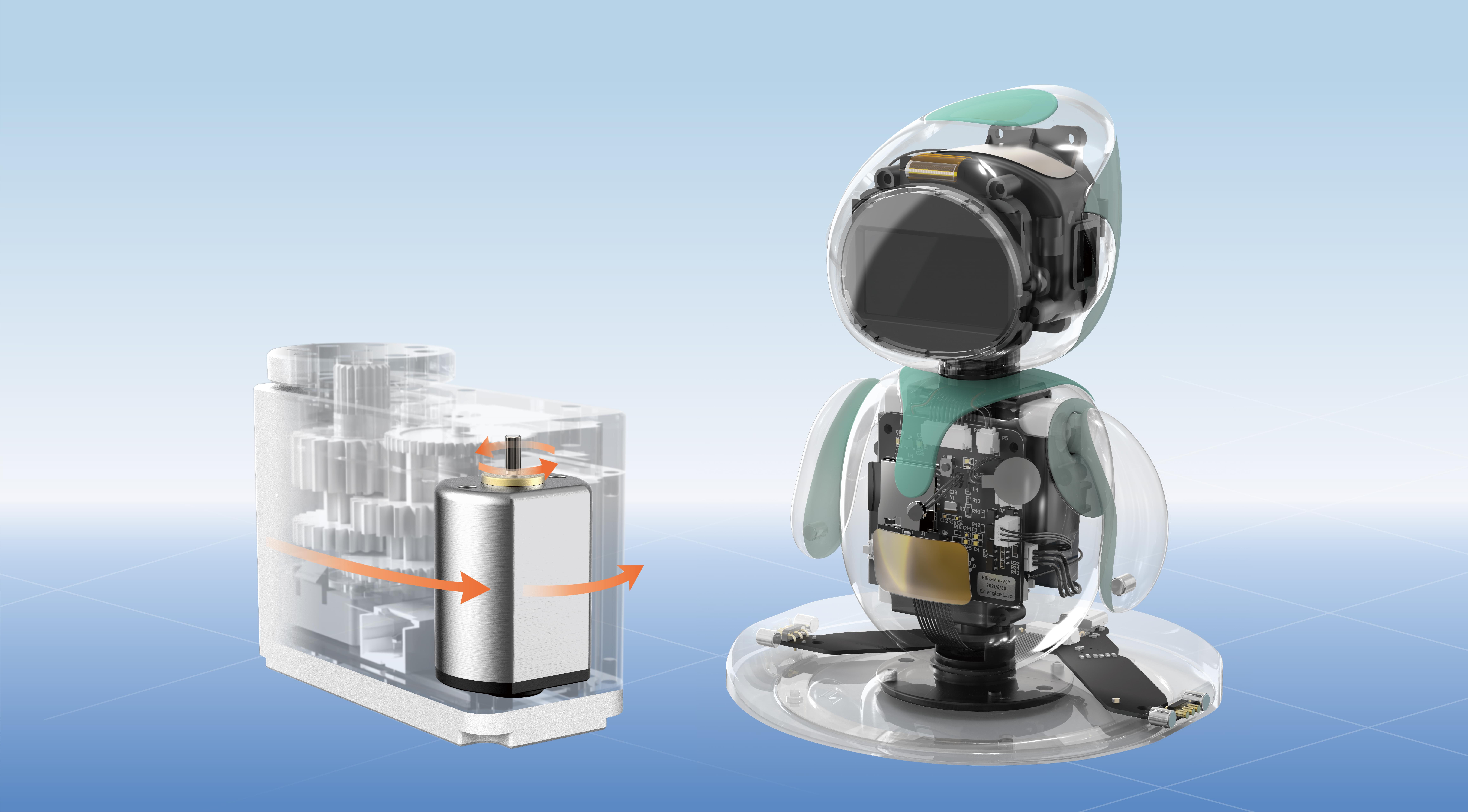Ever try juggling, but instead of balls, you're tossing around tiny microservices? It can get messy pretty fast if you’re not keeping an eye on everything. That's where monitoring tools come into play — turn chaos into clarity. Think about it: in a world where a single microservice crashes, the whole app feels it. How do you catch that before it turns into a full-blown outage? That's the game-changer.

Picture this. You’ve got multiple services running in parallel—each doing its own thing. Some are load balancers, some are data processors, others handle user sessions. Without a proper monitoring setup, you’re basically flying blind when a sudden spike in latency hits or some service starts acting weird. You need a way to spot issues fast and understand what's causing them.
Good monitoring isn’t just about slapping a few dashboards up; it’s about digging deep into your metrics, logs, and traces. When something goes wrong, would you prefer to scramble or to know exactly where the problem originates? When a spike in response time occurs, you want immediate insights. Did a particular microservice get overwhelmed? Is there a chain reaction causing cascading failures? These questions are vital.
What’s the secret? It’s using a system that combines real-time data analysis with intuitive visuals. You watch how each microservice performs over time, set up alerts for anomalies, and get notified way before customers start calling support. Think about having a dashboard that surfaces issues with colored alerts, logs pinpointing errors, and traces showing bottlenecks—all in one place. It’s like having a traffic controller for your services.
One thing that often slips under the radar: how important context is in troubleshooting. If a spike appears, knowing what changed recently—like a new deployment—can save hours of guesswork. Good monitoring systems tie together metrics, logs, and events, giving you a full picture. That way, when something pops up, you’re not just reacting blindly; you’re reacting smart.
People wonder, “Can I do this myself?” Sure, many tools promise dashboards and alerts. But to really master microservice monitoring, you need a system that scales with your business, adapts to new microservices, and evolves over time. It’s not a one-size-fits-all. Customization is king here. And trust me, the peace of mind that comes from knowing exactly what’s going on—when it’s going on—is priceless.
So, what’s the takeaway? Monitoring isn’t just a checkbox; it’s a backbone of resilient microservice architecture. Keep an eye on the whole landscape, be proactive, and your users won’t even notice the tech behind the scenes. After all, a smooth-running app is invisible until something goes wrong—then everyone notices. The goal: catch issues early, troubleshoot swiftly, and keep everything humming along.
Established in 2005, Kpower has been dedicated to a professional compact motion unit manufacturer, headquartered in Dongguan, Guangdong Province, China. Leveraging innovations in modular drive technology, Kpower integrates high-performance motors, precision reducers, and multi-protocol control systems to provide efficient and customized smart drive system solutions. Kpower has delivered professional drive system solutions to over 500 enterprise clients globally with products covering various fields such as Smart Home Systems, Automatic Electronics, Robotics, Precision Agriculture, Drones, and Industrial Automation.




































